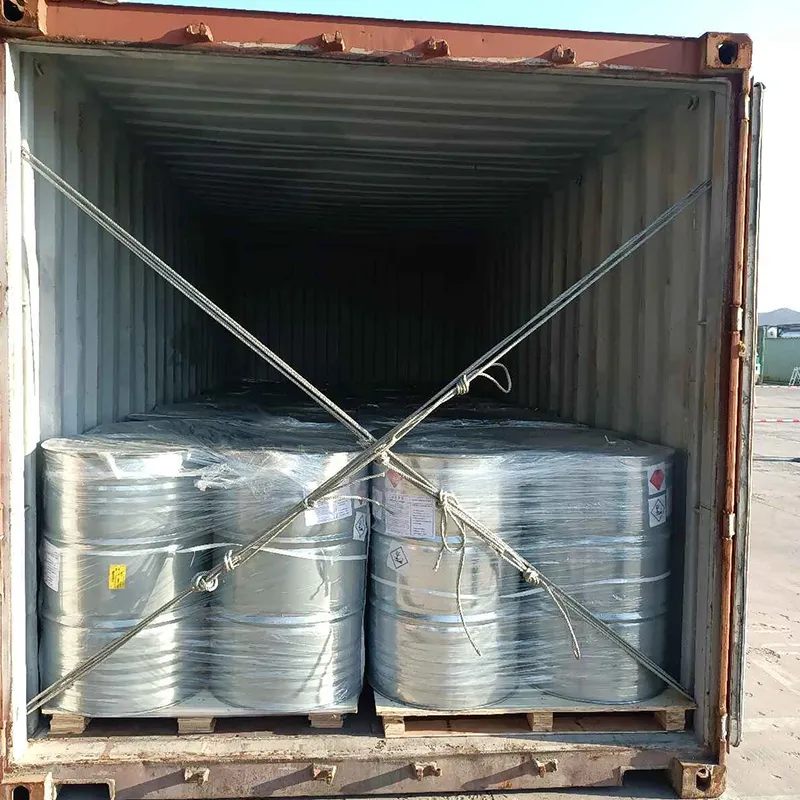
Understanding the Role of E155 Food Additive in Food Safety and Quality
Understanding E155 The Food Additive in Focus
Food additives play a significant role in modern food production. Among the myriad additives used today, E155, also known as Brown HT or Caramel Brown, is one that warrants a closer examination. This synthetic colorant, derived from the reaction of sugars in the presence of acids, alkalis, or salts, serves various purposes in food manufacturing.
What is E155?
E155 is primarily used to impart a rich brown color to food products. It is a type of azo dye, which means it contains nitrogen-based azo groups (-N=N-). This additive is particularly popular in products such as sauces, snack foods, baked goods, beverages, and confections. Its ability to blend well with other colors makes it a versatile choice for food manufacturers aiming for consistency and appeal in their products.
Functionality and Advantages
The primary function of E155 is to enhance the visual appeal of food items. Human perception is heavily influenced by color; thus, food manufacturers leverage this fact to increase the attractiveness of their products. For instance, a well-colored product can make the food appear more appetizing, potentially boosting sales. Additionally, E155 can help standardize the color of food products, ensuring that they look the same from batch to batch.
E155 has advantages over natural colorants in terms of stability and shelf life. Natural colorants can be sensitive to light, heat, and pH changes, leading to color fading or alteration. In contrast, E155 offers a more robust solution, remaining stable throughout the product's shelf life and during various cooking and processing methods.
Safety and Regulations
e155 food additive

The use of E155 is regulated by food safety authorities around the world. In the European Union, food additives are classified and monitored rigorously through comprehensive safety assessments. E155 has been deemed safe for consumption in regulated amounts. The Joint FAO/WHO Expert Committee on Food Additives (JECFA) has also evaluated it, supporting its use within established acceptable daily intake (ADI) levels.
However, like many food additives, E155 may pose risks to certain individuals. Some people may experience allergic reactions or sensitivity to azo dyes. Symptoms can include hives, asthma, and other adverse reactions, particularly in individuals with asthma or a history of allergies. As a result, consumers with such sensitivities are advised to check ingredient labels carefully.
Consumer Awareness and Trends
In recent years, there has been a growing trend towards clean-label products. Consumers are increasingly seeking transparency in food labeling, showing preference for natural ingredients over synthetic additives. This shift may impact the future use of E155 and similar additives in the food industry. While E155 has its benefits, the push towards natural alternatives may encourage manufacturers to seek out natural colorings derived from fruits, vegetables, and other plant sources.
Despite this trend, E155 remains a popular choice in the food industry due to its effectiveness and cost-efficiency. It is essential for consumers to be informed about what they are eating and make choices that align with their health needs and personal preferences.
Conclusion
E155 serves as a prime example of the complex dynamics between food science, consumer preference, and regulatory oversight. As a widely used food additive, it provides advantages in terms of color stabilization and visual appeal, but it also invites discussions around safety, allergies, and the growing preference for natural ingredients. As the food landscape continues to evolve, E155 will likely remain a staple in many products, even as the conversation about what consumers want and need moves forward.
-
nitrile-rubber-honoring-strict-production-standardsNewsAug.22,2025
-
aspartame-ingredients-honoring-food-safety-valuesNewsAug.22,2025
-
fertilizer-for-balanced-plant-nutritionNewsAug.22,2025
-
cyanide-gold-processing-with-high-purity-additivesNewsAug.22,2025
-
formic-acid-in-textile-dyeing-applicationsNewsAug.22,2025
-
aluminum-hydroxide-gel-in-skincare-productsNewsAug.22,2025
-
Regulatory Compliance for Global Mining Chemicals UseNewsAug.12,2025
Hebei Tenger Chemical Technology Co., Ltd. focuses on the chemical industry and is committed to the export service of chemical raw materials.
-

view more DiethanolisopropanolamineIn the ever-growing field of chemical solutions, diethanolisopropanolamine (DEIPA) stands out as a versatile and important compound. Due to its unique chemical structure and properties, DEIPA is of interest to various industries including construction, personal care, and agriculture. -

view more TriisopropanolamineTriisopropanolamine (TIPA) alkanol amine substance, is a kind of alcohol amine compound with amino and alcohol hydroxyl, and because of its molecules contains both amino and hydroxyl. -

view more Tetramethyl Thiuram DisulfideTetramethyl thiuram disulfide, also known as TMTD, is a white to light-yellow powder with a distinct sulfur-like odor. It is soluble in organic solvents such as benzene, acetone, and ethyl acetate, making it highly versatile for use in different formulations. TMTD is known for its excellent vulcanization acceleration properties, which makes it a key ingredient in the production of rubber products. Additionally, it acts as an effective fungicide and bactericide, making it valuable in agricultural applications. Its high purity and stability ensure consistent performance, making it a preferred choice for manufacturers across various industries.





